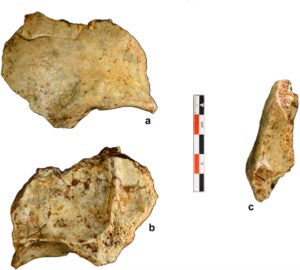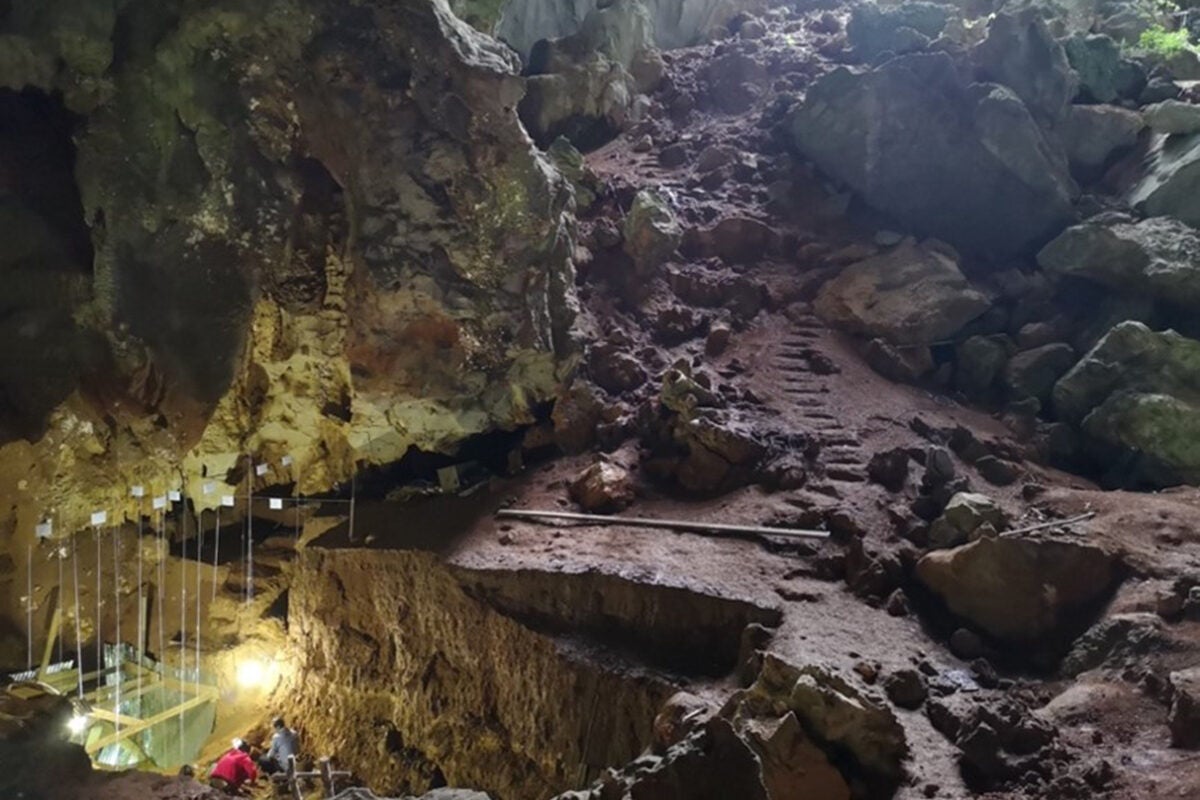New research recasts the narrative on the earliest presence of Homo sapiens in Southeast Asia, pushing back the presence of humans in that part of the world by at least 20,000 years and a human presence in the region for at least 56,000 years.
The findings are based on analysis of bones excavated from deep inside the Tam Pà Ling Cave in northern Laos and the subject of a new publication published this week in Nature Communications.
Not only do the results reshape theories on human migration out of Africa, but it opens new insights into how humans settled in the lush, warm climate of Asia, says the study’s lead author, Sarah Freidline, an assistant professor in UCF’s Department of Anthropology.
Human fossils are rare in Southeast Asia. According to DNA analysis, migration out of Africa into Southeast Asia had previously been thought to have occurred sometime between 50 to 60,000 years ago. However, with the fossils studied by Freidline being aged at around 80,000 years old, this migration seems to have occurred much earlier. The cave’s location 186 miles inland is also significant, suggesting migratory ancestors explored well beyond coastlines and islands.
Freidline specializes in paleoanthropology, with an emphasis on the evolution of the human face. She already had a paper in the works on the excavated tibia and frontal skull bone when the test results brought some surprises.

“We were expecting the dating to be more around 60,000 years ago, not 80,000,” she says. “Then when we got these results back, we had to re-evaluate the implications.”
The study included researchers from around the world. Freidline was brought onto the project by her supervisor while in a post-doctorate program at the Max Planck Institute for Evolutionary Anthropology in Leipzig, Germany.
Freidline’s role included taking CT scans of the fossils and performing statistical shape analyses to confirm the fossils belonged to Homo sapiens.
A noticeable difference between this skull and typical skulls from Africa was how slender and modern the brow appeared, she says. This suggests the skull fragment belonged to an immigrant population instead of older hominins like Denisovans who were also in the region.
Despite doing it for a living, Freidline says studying such unprecedented material doesn’t lose its luster.
“It is always exciting to be able to handle and see these fossils,” she says. “Especially since they came from some of the earliest founders of Southeast Asia.”
Freidline received her doctorate in anthropology from The City University of New York Graduate Center in 2012. She joined UCF in 2020 as an assistant professor in the Department of Anthropology, part of UCF’s College of Sciences.




